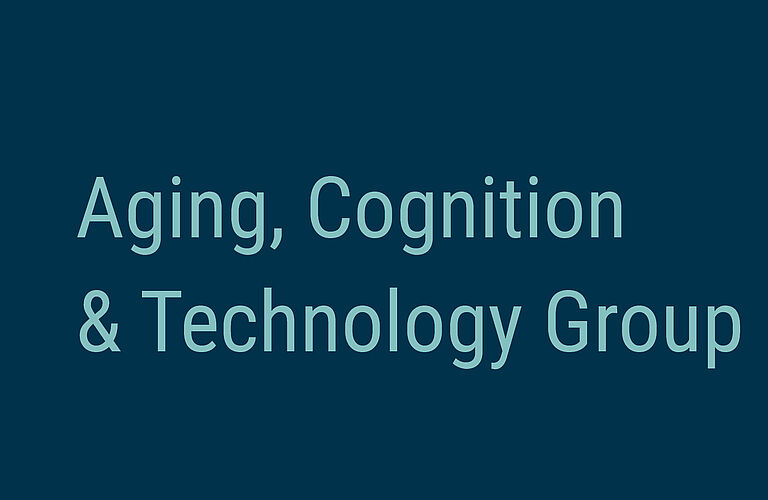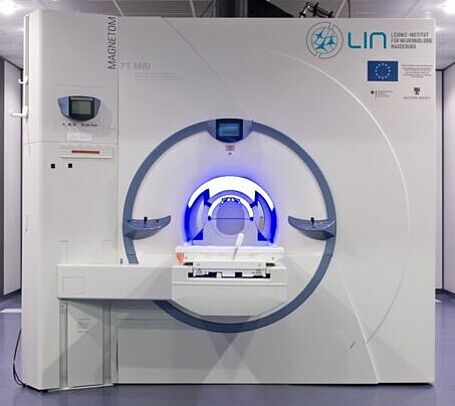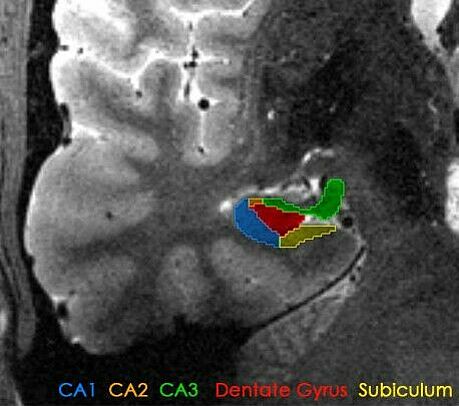Facilities
The Aging, Cognition and Technology Group employ a range of neuroscientific and behavioural tools to support our experimental research. With specialist graphics hardware and software, we can immerse participants in customary environments while monitoring behavioural performance and neurophysiological signals. In the following, you will find a brief overview of the main techniques used in the lab.
For behavioural studies, we have several virtual reality setups that allow for studying navigational behaviour under realistic conditions. While visual cues are arguably the most important spatial cues for humans, the brain’s motor and vestibular systems also register how far we have walked, how much we have turned etc. To capture this aspect of spatial navigation, we use a large motion tracking laboratory equipped with optical motion tracking systems and multiple head mounted displays (i.e. Oculus Rift, HTC Vive). This approach allows for tracking the user’s position and orientation as they walk around while being fully immersed in a 3D virtual environment with a panoramic field of view.
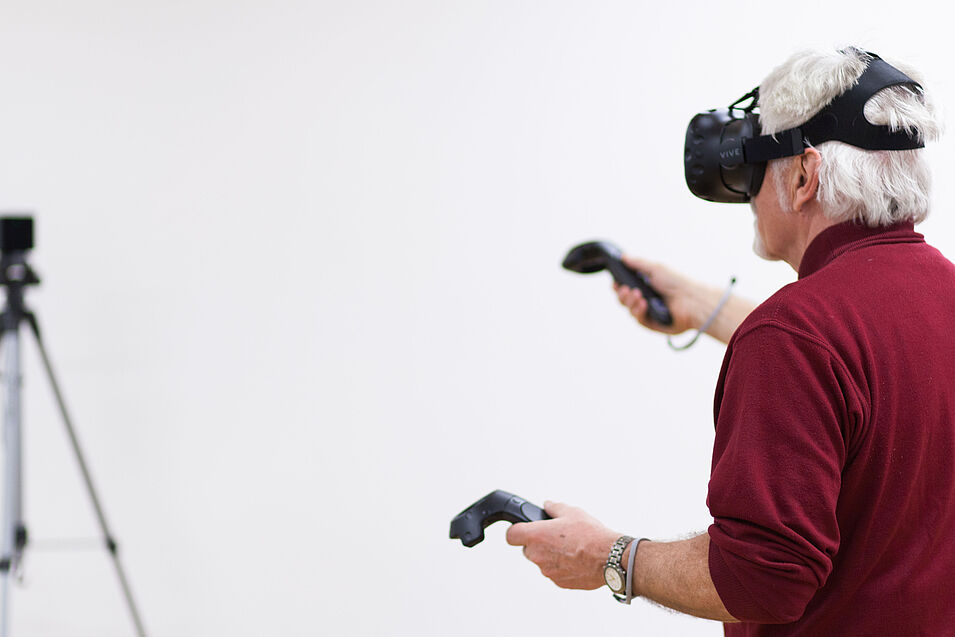
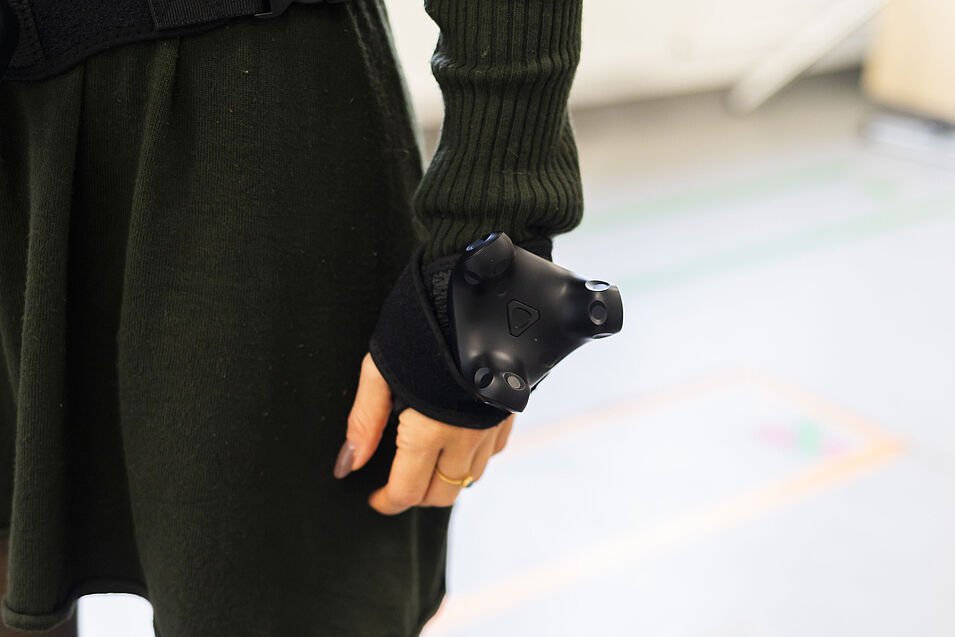
Secondly, with interactive treadmills that are coupled to a virtual animation, the user can navigate an environment by walking in place. These setups achieve excellent immersion into a virtual world and allow for navigation in large-scale environments. Moreover, they are particularly interesting for studying how physical exercise and balance support affect our navigational behavior. The Virtualizer ELITE 2 is one of these treadmills which supports walking in VR using a powered motion platform.
One aspect of spatial navigation – and its impairments in elderly people – that is rarely studied is how the pattern of eye movements affects the spatial knowledge we acquire, and the navigational behaviour this knowledge enables. We therefore employ a mobile eye tracker (SR Eyelink II) and head mounted displays with integrated eye tracking (e.g. HTC Vive Pro Eye), thus enabling us to monitor a participant’s eye movements while they are free to make head movements.
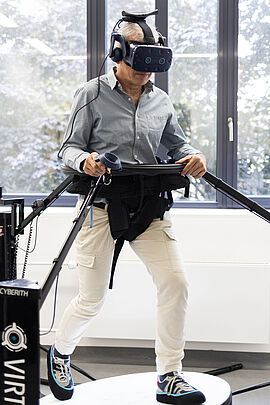
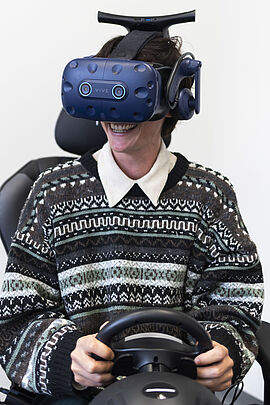
A key goal of our work is to characterise the neural mechanisms that support navigational behaviour – and the changes these mechanisms undergo in ageing and dementia. Therefore, we combine virtual animations with various neuroscientific tools. Magdeburg is one of the few places in Germany that provide a 7 Tesla MRI scanner (Siemens), and we use it to perform ultra-high resolution studies of key brain structures involved in human navigation. For example, the figure below shows a demarcation of different hippocampal subfields, which enables us to track spatial computations carried out in substructures of the hippocampus. In addition, ultra-high-resolution fMRI allows us to investigate spatial computations in different cortical layers. In addition to MRI, the Aging and Cognition Research Group has access to research dedicated TMS, NIRS, MEG, and EEG systems.

